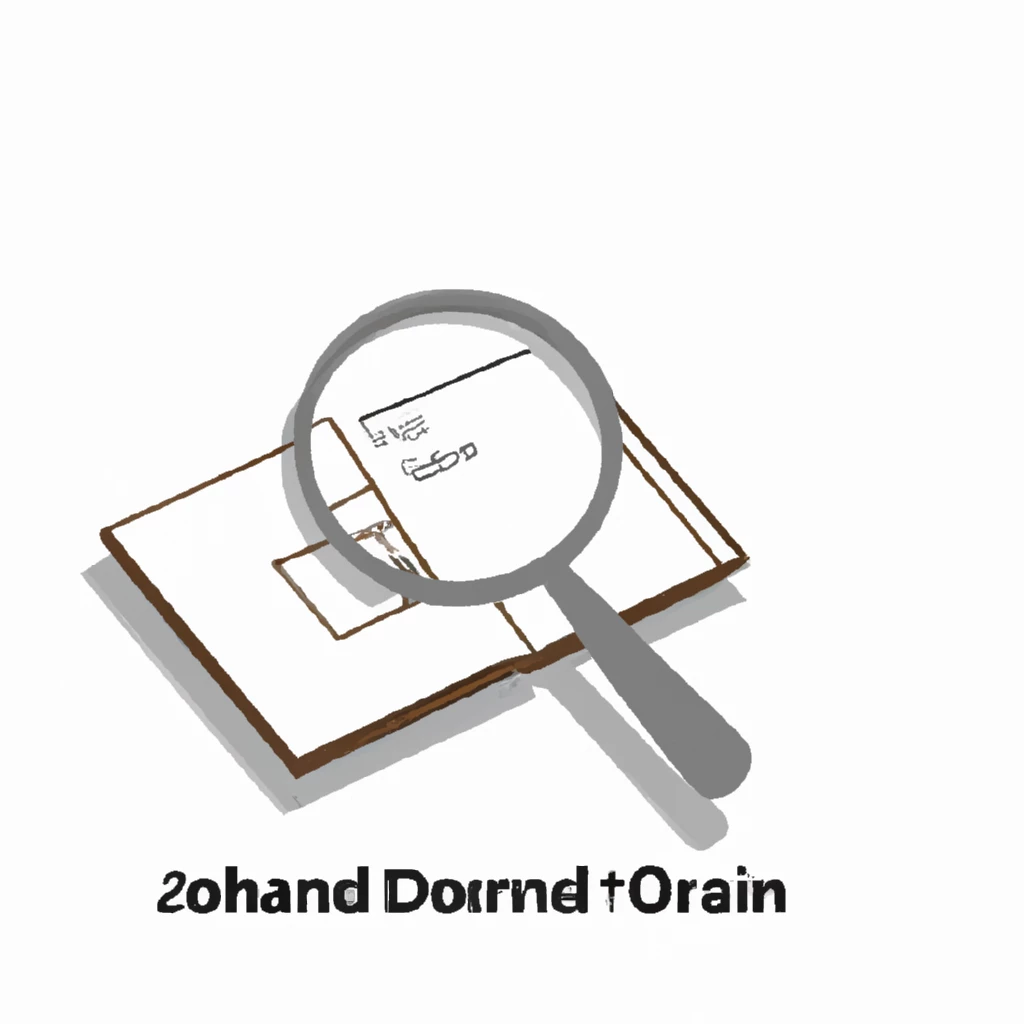
Countertrade: A Comprehensive Guide
Countertrade is a reciprocal form of international trade where goods or services are exchanged for other goods or services rather than for hard currency. This trade method is particularly prevalent in developing countries with limited foreign exchange or credit facilities. Countertrade can be categorized into three main types: barter, counterpurchase, and offset.
Understanding Countertrade
Countertrade serves as a mechanism for nations with constrained access to liquid funds to trade goods and services with other countries. It forms an essential part of an overall import and export strategy, ensuring that countries with limited domestic resources can acquire necessary items and raw materials. Furthermore, it offers exporting nations an opportunity to expand their market reach internationally, fostering growth within their industries.
Barter
Barter, the oldest form of countertrade, involves the direct exchange of goods and services of equivalent value without involving cash. For example, trading a bag of nuts for coffee beans or meat represents a bartering transaction.
Counterpurchase
In a counterpurchase arrangement, an exporter sells goods or services to an importer and agrees to purchase other goods from the importer within a specified timeframe. Unlike barter, exporters entering into such agreements must involve a trading firm to sell the purchased goods, rather than using them internally.
Offset
An offset agreement entails the seller aiding in marketing products manufactured by the buying country or allowing part of the product’s assembly to be carried out by manufacturers in the buying nation. This practice is common in industries like aerospace, defense, and certain infrastructure sectors, especially for larger, costly items.
Exploring Other Countertrade Examples
- A counterpurchase involves the sale of goods and services to a foreign company with a promise of a future reciprocal purchase.
- Buyback occurs when a firm establishes a manufacturing facility or provides technology to a country and accepts a portion of the output as payment.
- An offset agreement offsets a hard currency purchase with a future unspecified product.
- Compensation trade involves a partial exchange in goods and hard currency.
Benefits and Drawbacks of Countertrade
Countertrade’s primary benefit lies in conserving foreign currency, crucial for cash-strapped nations, and providing an alternative financing option in developing markets. Additional advantages include lower unemployment, increased sales, improved capacity utilization, and easier entry into challenging markets.
However, countertrade poses uncertainties, particularly with price volatility in exchanged goods. Other drawbacks encompass complex negotiations, potential higher costs, and logistical challenges.
Furthermore, interactions with trade policies and evolving terms by developing nations could lead to discriminatory market practices, warranting due consideration in open-market operations.







